Some of the most iconic inventions we use today have histories that stretch back much further than you’d expect. Although they might feel like modern innovations, many of them were conceptualized or implemented centuries ago. Here are some fascinating inventions that have been with us for longer than you’d think.
Visionary Designs for the Eyes
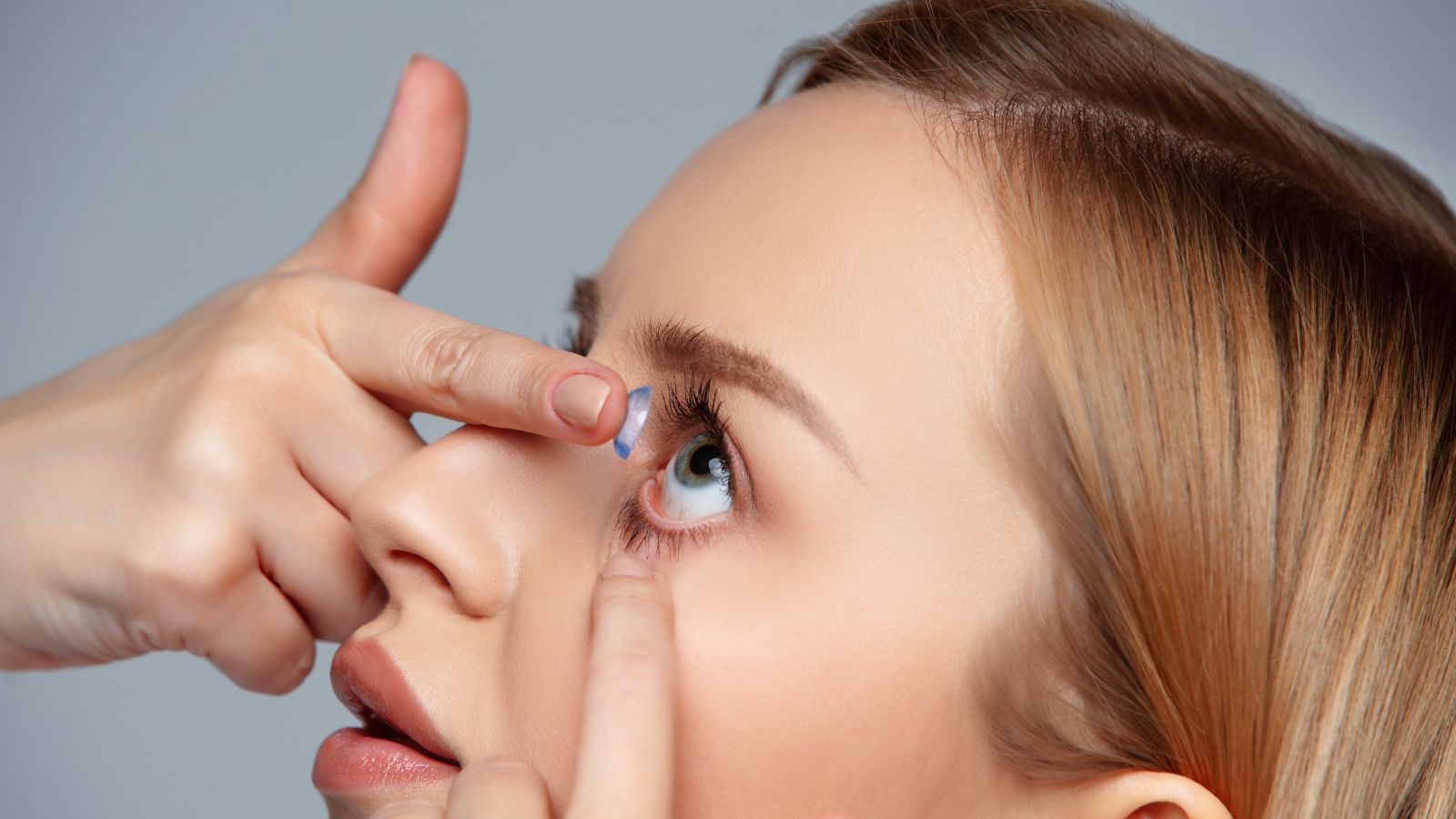
Leonardo da Vinci imagined the first concept of contact lenses as early as the 1500s. His sketches laid the foundation for glass-blown lenses created in the 1800s, which eventually evolved into the soft, disposable options we know today.
The practicality of these early designs was limited, but they were a breakthrough in understanding how to correct vision directly on the eye.
Automation Goes Way Back

Ancient Greeks in the 1st century designed what might be considered the first vending machine. Heron of Alexandria created a device that dispensed holy water when a coin was dropped into it. While today’s machines are far more complex and widely used, the concept of trading coins for goods or services started two millennia ago.
Plumbing That Changed Sanitation
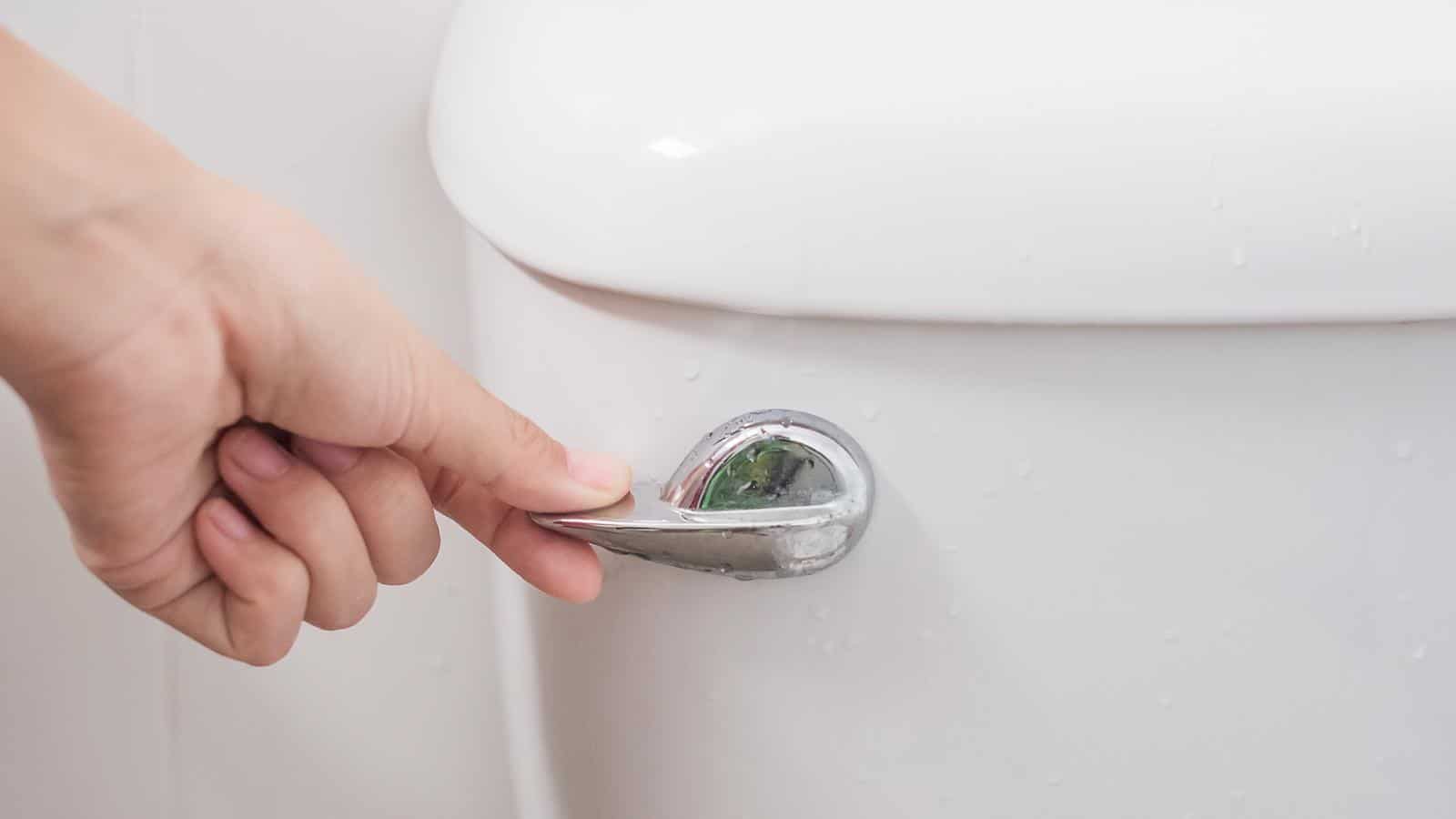
Sanitary solutions like flush toilets date back to the 16th century when Sir John Harington developed an early version of the modern design. Though his invention wasn’t widely adopted at the time, it demonstrated how improved waste management could benefit households.
Centuries later, advances in plumbing systems refined and popularized this concept, but it’s fascinating to consider how long the idea of flushing waste has been around.
Luxuries From Ancient Foundations
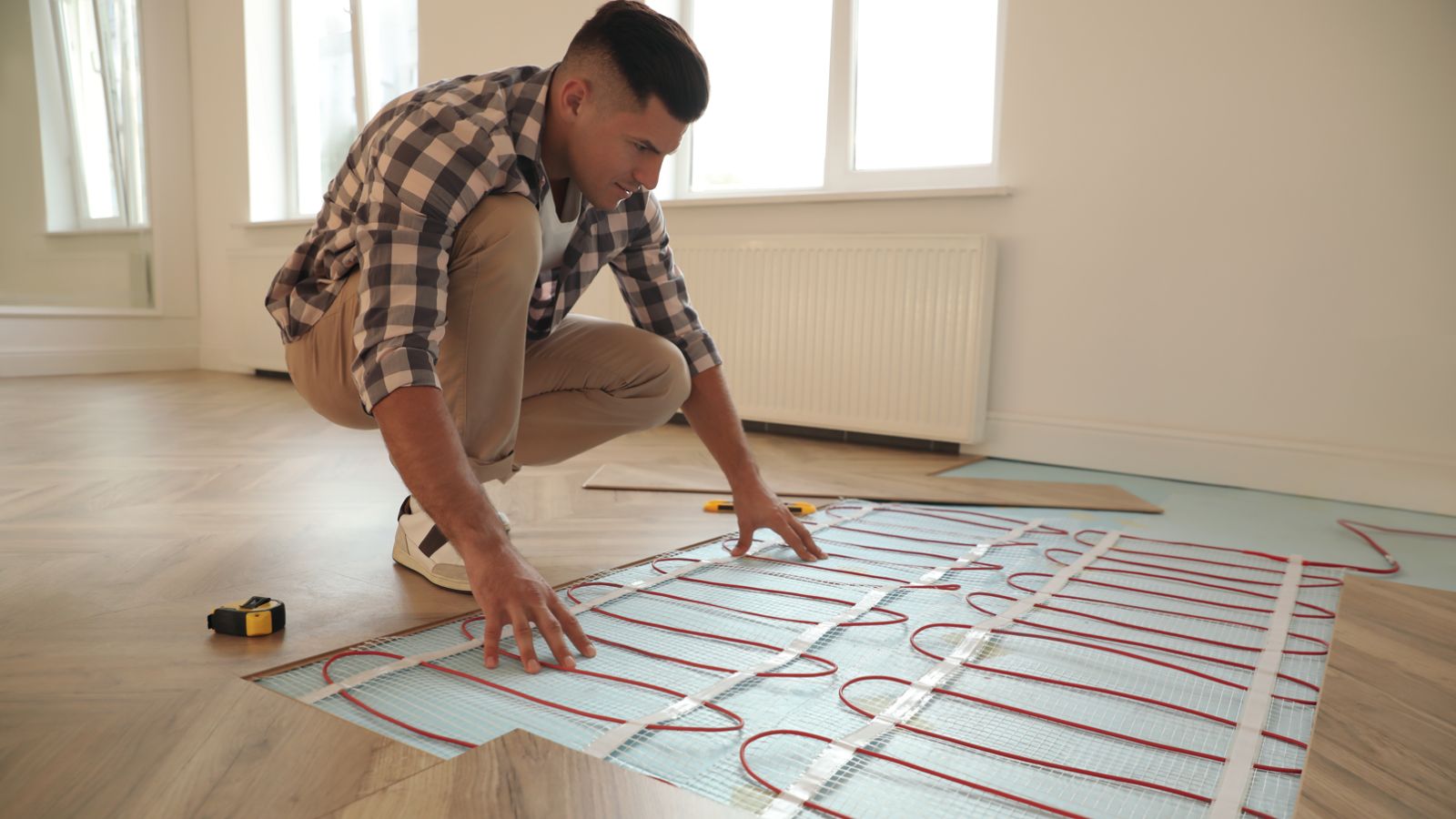
Radiant heating systems aren’t a purely modern luxury. Thousands of years ago, the Romans built hypocausts, which were systems that circulated heated air beneath floors to warm buildings. Similarly, ancient Koreans used ondol heating, relying on hot stones to radiate warmth through homes.
Practicality Stands the Test of Time

Shade and shelter from the elements became more stylish with the invention of the umbrella in ancient Egypt and China. Originally designed to shield people from the sun, these early umbrellas were symbols of power and privilege. By the 1700s, they were adapted for rain protection and became widely used.
Surgery Far Older Than It Seems

The earliest forms of cataract surgery were practiced in ancient India around 800 BCE. Physicians performed a procedure called couching, where they dislodged the clouded lens from the patient’s eye. Although primitive by today’s standards, this technique laid the groundwork for the advanced surgical methods we rely on now.
This determination to restore sight reflects humanity’s enduring commitment to improving quality of life.
Precision Came Early in History
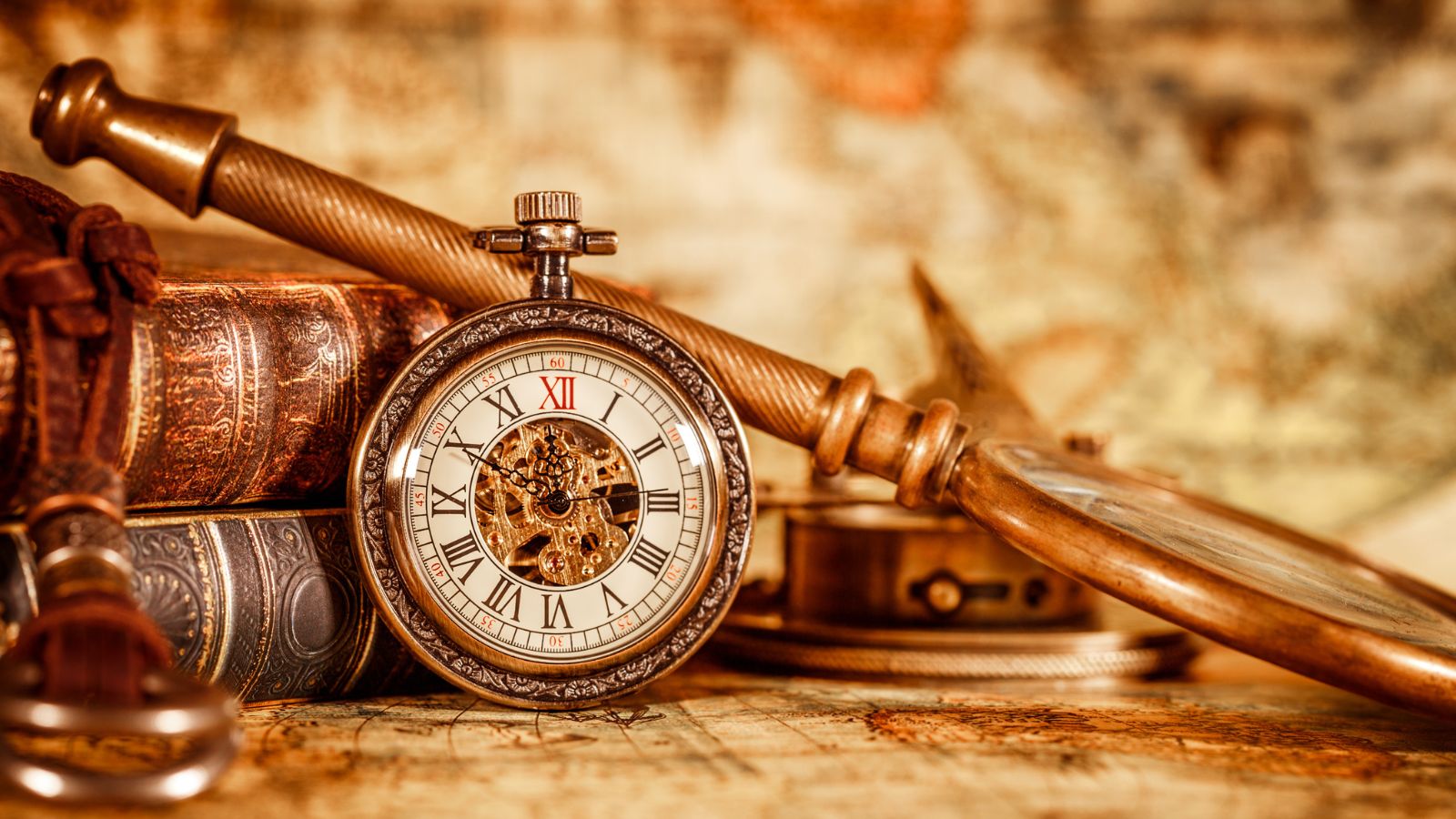
The measurement of time has fascinated humans for millennia, and mechanical clocks began appearing as early as the 11th century. Early examples in China used water to power intricate mechanisms, while European designs in the 14th century introduced gear-driven systems.
Floating to New Heights

The dream of soaring above the ground inspired early balloon experiments in ancient China. Lanterns filled with hot air were used as signaling devices as far back as 200 CE. These early innovations laid the groundwork for the Montgolfier brothers’ 18th-century hot air balloon flights, proving that the fascination with flight has been a part of human ambition for centuries.
Exploring the Invisible World
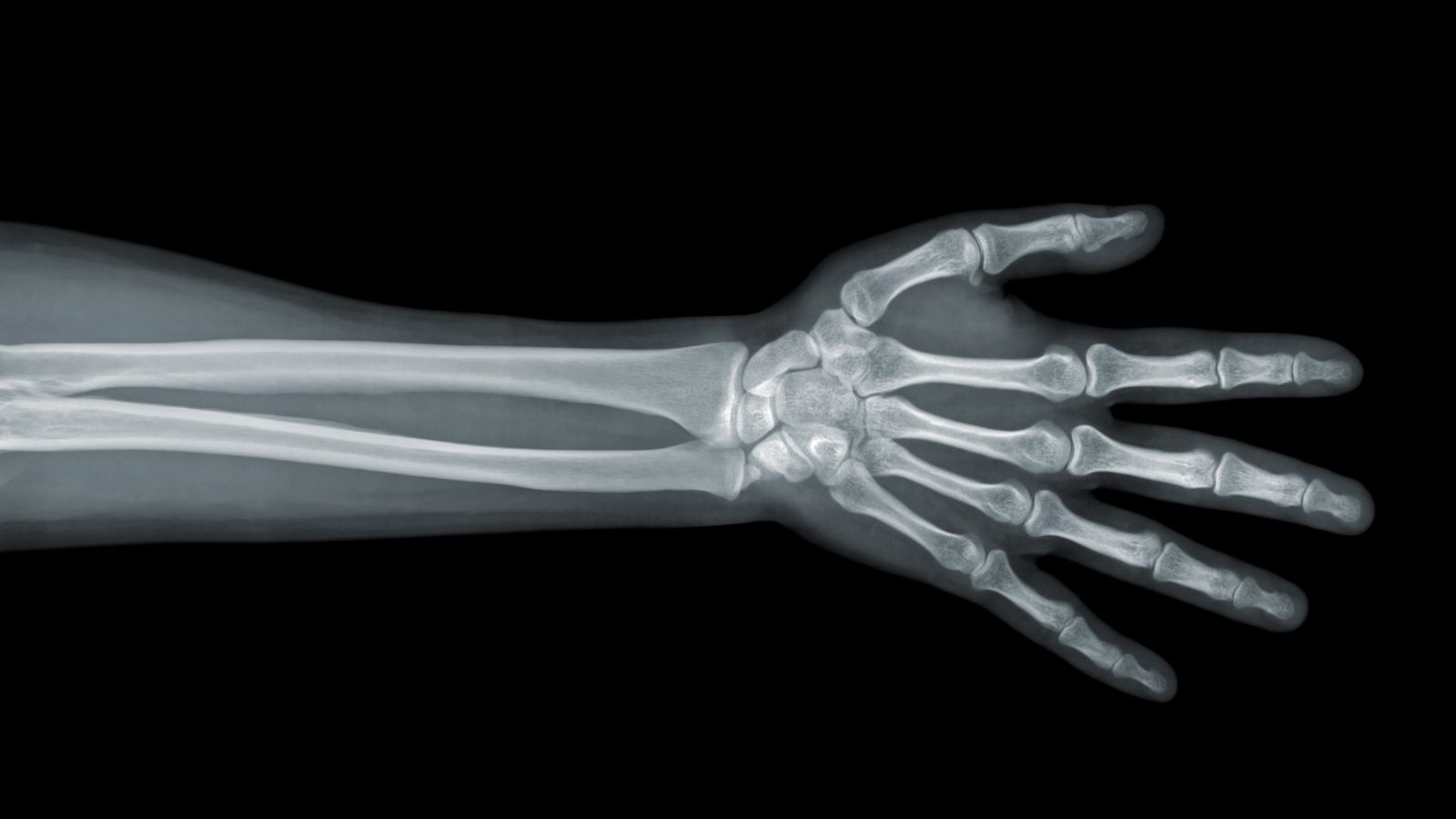
Medical imaging was revolutionized in 1895 with the discovery of X-rays by Wilhelm Roentgen, but the concept of electromagnetic radiation had been studied for decades prior. Early scientists exploring the properties of light and energy unknowingly set the stage for this transformative technology. The ability to see beneath the surface of the body marked one of the most significant breakthroughs in medicine.
Harnessing Steam Power

The use of steam to create motion began long before the Industrial Revolution. Hero of Alexandria developed the aeolipile in the 1st century CE, a device that used steam to generate rotational energy. While it wasn’t practical for industrial purposes, this early experiment demonstrated the potential of steam power, which fueled transformative changes during the 18th and 19th centuries.
Navigating the World With Confidence
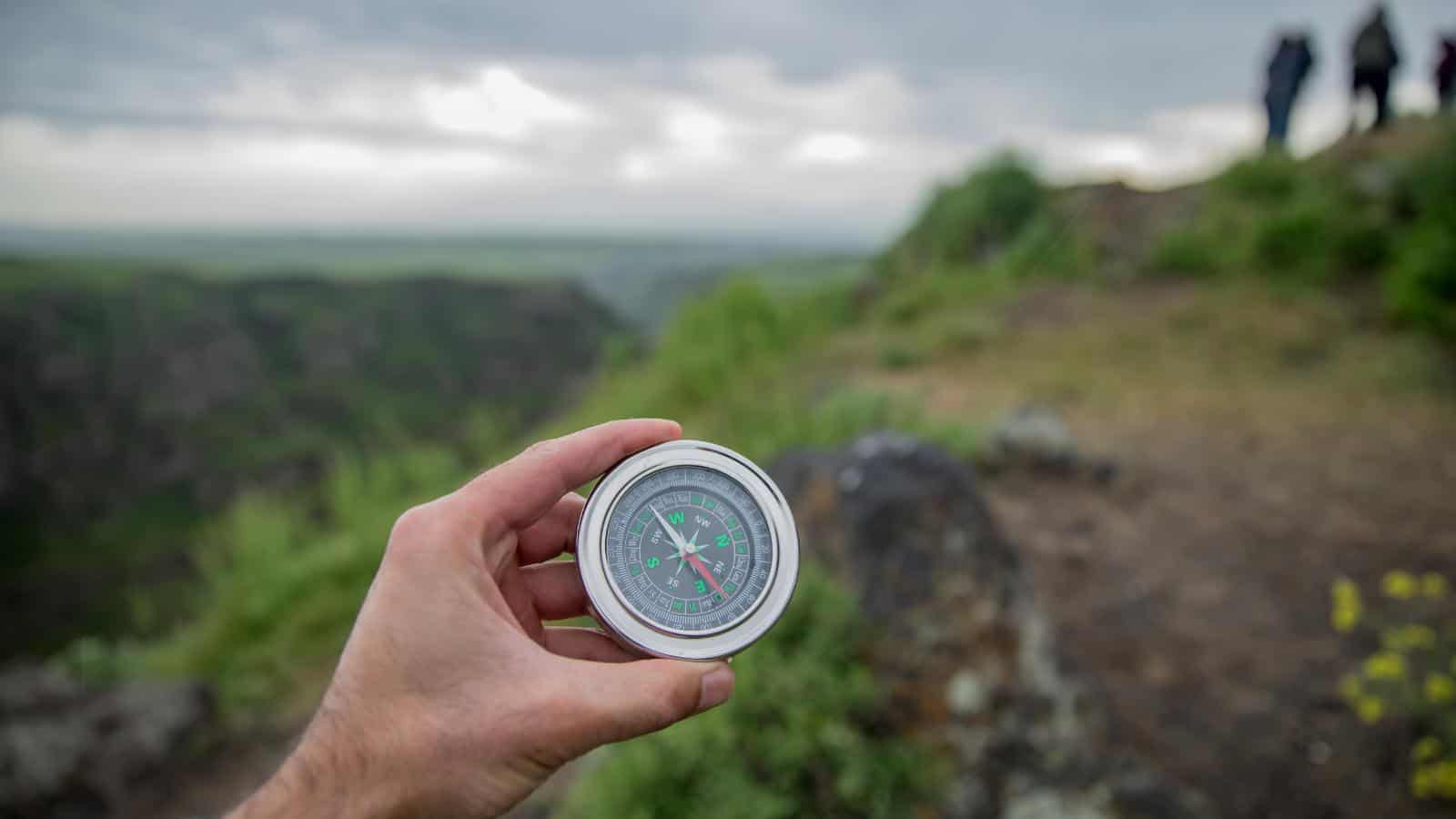
Maritime exploration depended heavily on the magnetic compass, a tool first developed in ancient China around 200 BCE. Initially used for divination, the compass eventually became an essential tool for sailors navigating vast oceans.
By the Middle Ages, compasses were widely used across Europe and Asia, enabling explorers to traverse uncharted waters with accuracy.
Oral Hygiene From Ancient Times

Tooth-cleaning solutions existed long before modern toothpaste. Ancient Egyptians, as early as 5000 BCE, created mixtures from crushed bones, ashes, and herbs to clean teeth and freshen breath. These primitive formulations highlight humanity’s long-standing desire for oral health.
Storing Power Wasn’t New
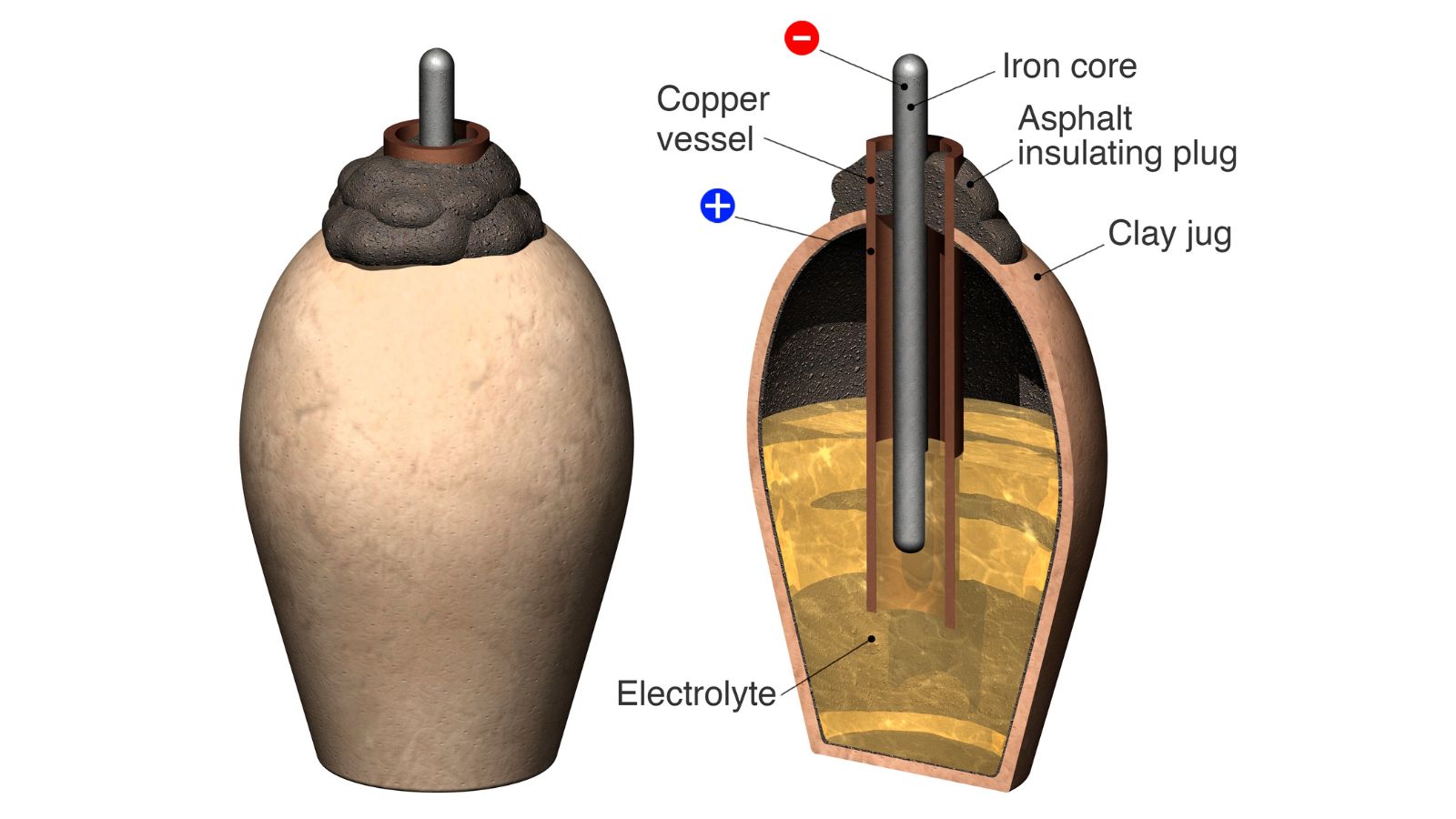
Energy storage experiments began long before the digital age. The Baghdad Battery, discovered in Iraq and believed to date back to 250 BCE, is thought to have been an early form of electrical storage.
Printing Before Gutenberg
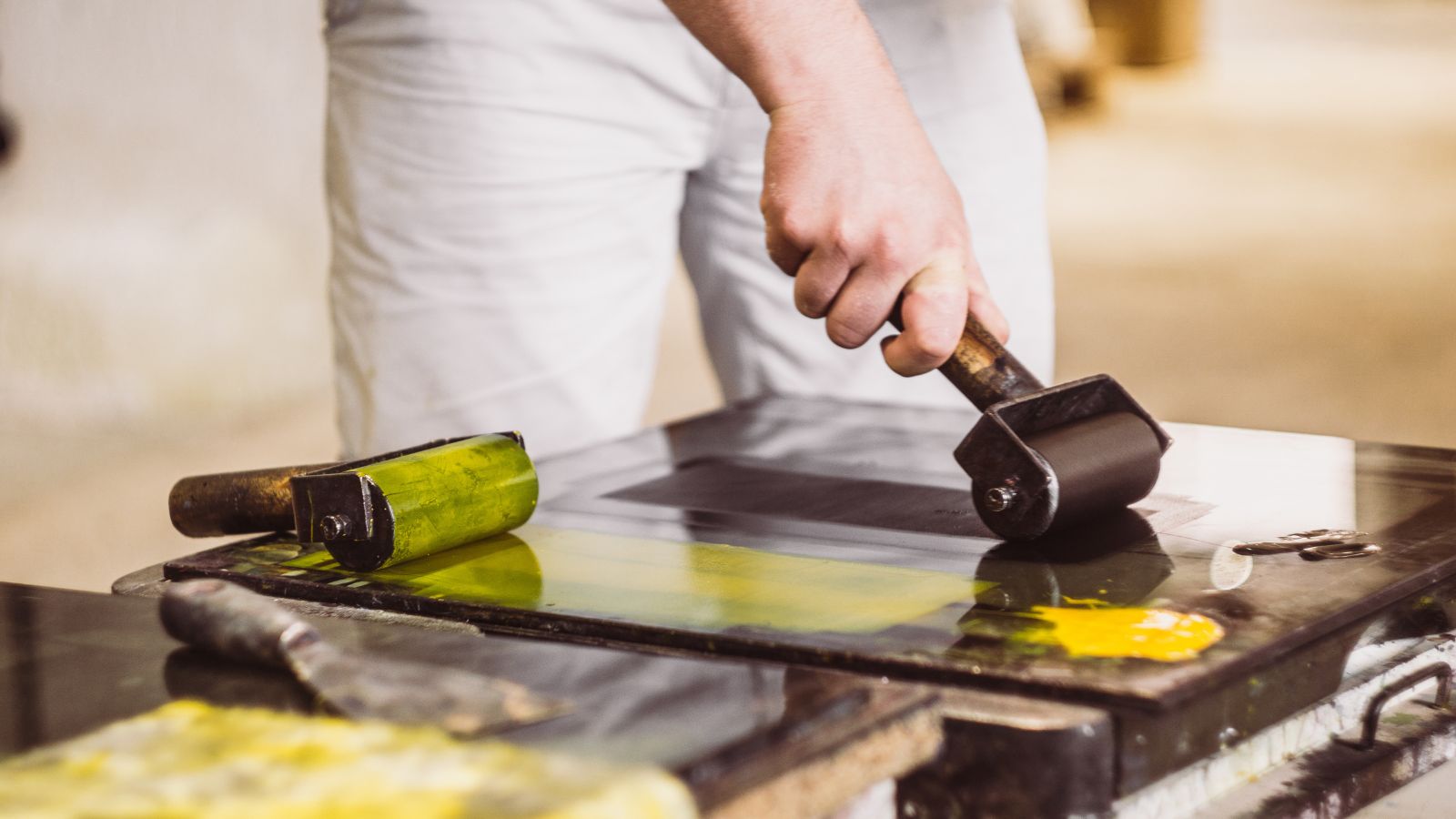
The dissemination of knowledge took a giant leap forward with moveable type, first developed in 11th-century China by Bi Sheng. Long before Gutenberg’s press revolutionized Europe, this method allowed for more efficient printing of texts.
The spread of ideas and information was transformed by these early advancements, proving that the pursuit of communication technology is as old as civilization itself.
Cooling Homes in Ancient Times

Controlling indoor climates has been a priority for thousands of years. Ancient Romans built systems that circulated cool water through walls and floors, while Persian wind towers created natural ventilation in hot climates. These innovations paved the way for modern air conditioning, demonstrating that the quest for comfort in extreme weather has always been part of human ingenuity.
Vision Enhancers From the Middle Ages
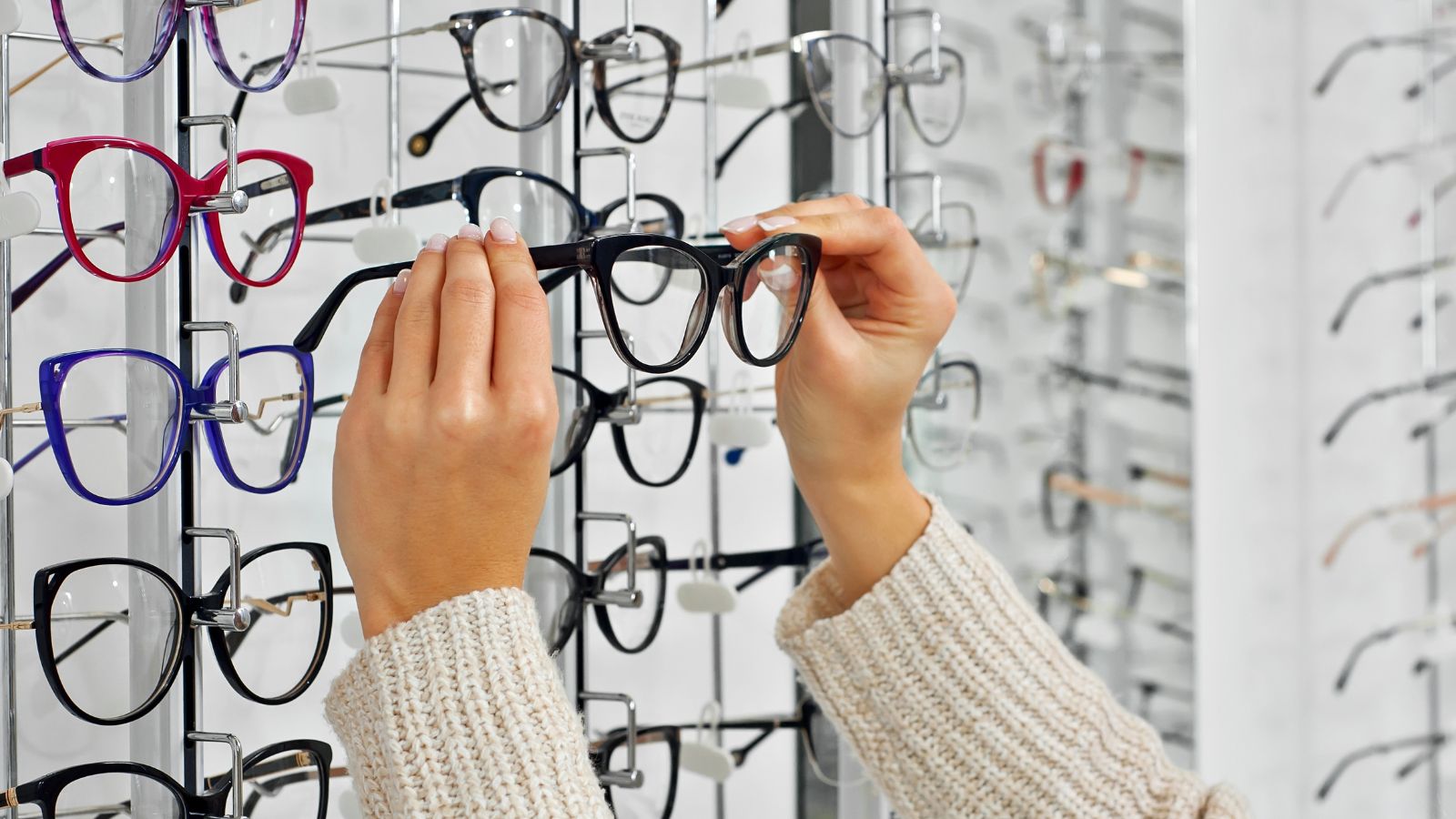
Corrective lenses designed to improve eyesight date back to 13th-century Italy. Early eyeglasses consisted of simple convex lenses mounted in frames to help people see more clearly.
Over centuries, advancements in optical technology refined their design, creating the modern spectacles we rely on today. This long history underscores the importance of vision correction and the ingenuity behind one of humanity’s most enduring inventions.
Creativity Expressed Through Sound
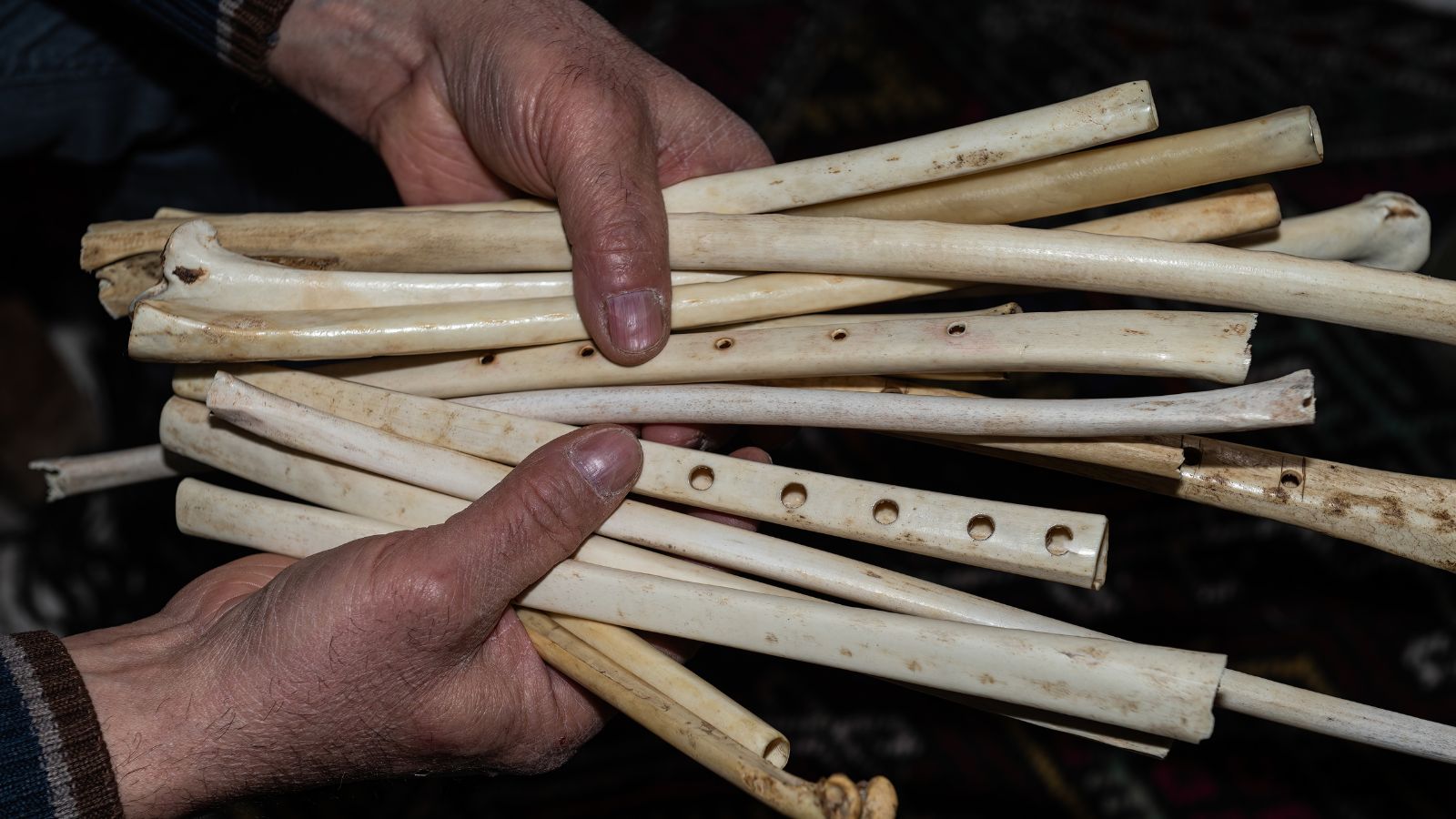
Musical instruments have been central to human culture for tens of thousands of years. Archaeological finds reveal that flutes made from bone date back over 40,000 years. These simple yet effective instruments show how early humans used music for expression, communication, and connection.
